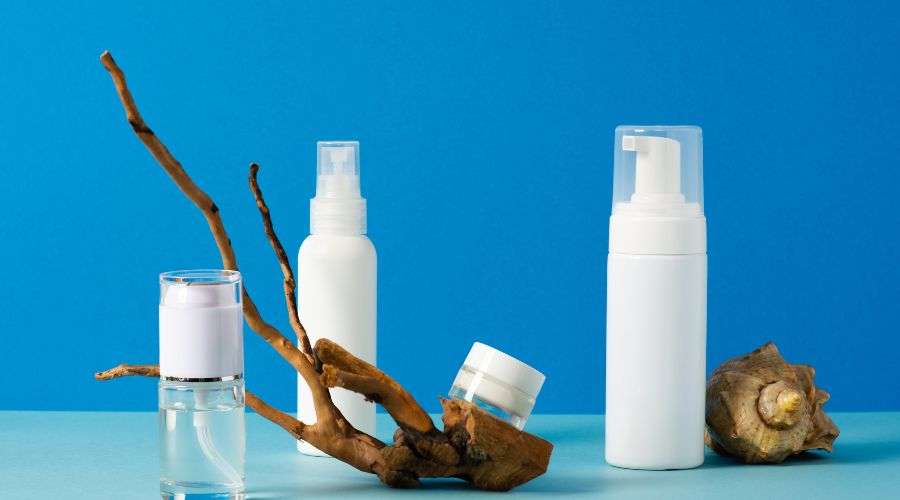

Mar 14,2024
Cosmetic tubes typically consist of various materials, primarily plastics such as polyethylene (PE) and polypropylene (PP). These materials are lightweight, durable, and cost-effective, making them popular choices for packaging beauty products. However, their complex composition poses challenges for recycling.
While plastic is theoretically recyclable, cosmetic tubes present unique obstacles. Many tubes contain multiple layers of different plastics or include components like pumps, caps, or labels made from non-recyclable materials. As a result, conventional recycling facilities may struggle to process them efficiently.
In response to growing environmental concerns, beauty brands are embracing sustainable packaging solutions. Biodegradable tubes made from materials like sugarcane-based polyethylene or compostable plastics offer promising alternatives to traditional packaging. Additionally, refillable and reusable packaging models are gaining popularity, reducing waste and encouraging responsible consumption.
As consumers, we play a crucial role in driving sustainable change. Here are some practical tips for integrating eco-friendly practices into your beauty routine:
1. Choose products packaged in recyclable materials or opt for brands committed to sustainable packaging like Kesiyu Packaging.
2. Look for refillable or reusable options to minimize single-use plastic consumption.
3. Clean and separate cosmetic packaging before recycling to improve its recyclability.
4. Support recycling programs and initiatives by participating in take-back schemes or advocating for improved waste management policies.
Several beauty brands and organizations are spearheading recycling programs and initiatives to address the environmental impact of cosmetic packaging. From partnering with specialized recycling companies to launching product take-back programs, these efforts aim to increase recycling rates and promote circular economy principles within the beauty industry.
Conclusion: Embracing Sustainable Beauty Practices
In conclusion, while the recycling of cosmetic tubes presents challenges, it's essential to recognize the progress being made towards more sustainable packaging solutions. By understanding the materials used in cosmetic packaging, supporting eco-conscious brands, and adopting responsible consumption habits, we can collectively lead to a greener future for the beauty industry.